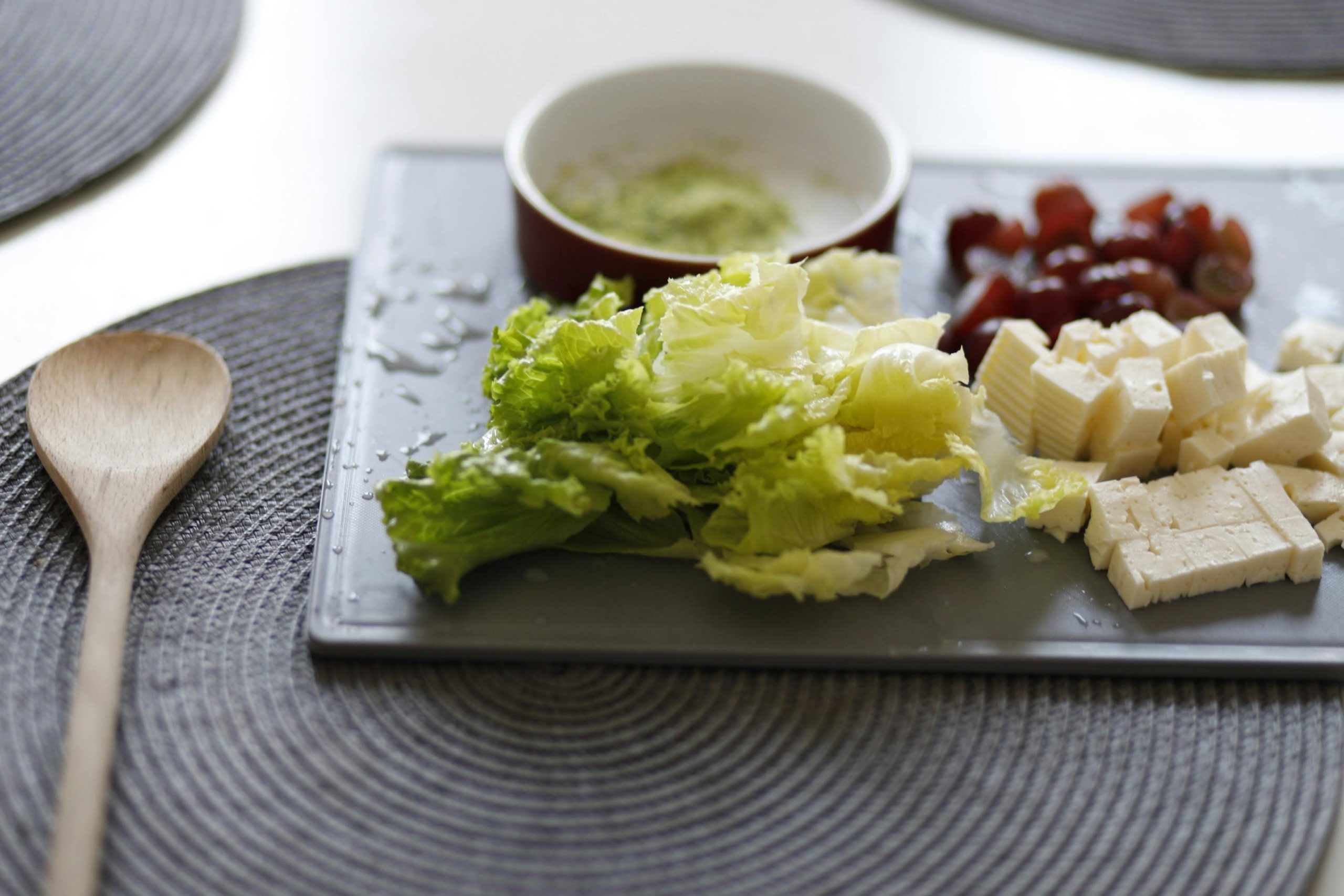When it comes to eating well, Switzerland is a treasure trove of culinary secrets waiting to be discovered.
Navigating the world of healthy eating can often feel overwhelming, especially with so many conflicting opinions and diet trends.
Switzerland’s approach to food emphasizes local, seasonal, and sustainable eating, with a strong tradition of enjoying meals like Zmorge, Zmittag, and Znacht that are both delicious and nutritious.
This guide will walk you through the Swiss food pyramid for a balanced diet, explore Switzerland’s nutrition policy, and dive into traditional Swiss meals and dining experiences that make healthy eating a pleasure.
Understanding the Swiss Food Pyramid for a Balanced Diet
The Swiss food pyramid serves as a comprehensive guide for achieving a balanced diet, emphasizing the consumption of a wide array of food groups. It’s structured to encourage the intake of water, fruits, vegetables, grains, and plant-based proteins, moving towards moderation in animal products and minimal consumption of sweets and processed foods. This pyramid reflects Switzerland’s commitment to promoting health through diet, making it a cornerstone for anyone looking to understand the principles of balanced eating.
Diving deeper, the pyramid’s design intuitively guides individuals on how to prioritize their food choices daily. At its base, the recommendation for ample hydration sets the stage for overall well-being. Following this, the pyramid emphasizes plant-based foods, such as fruits, vegetables, and whole grains, which are rich in essential nutrients. The inclusion of animal products and tofu in moderation, alongside a minimal intake of fats, nuts, and oils, underscores the importance of variety and moderation. The pyramid’s apex, reserved for sugary and salty snacks, highlights foods to be consumed sparingly, advocating for a diet that balances pleasure with health.
Mastering Portion Size: A Key to Balanced Eating
Mastering portion size is crucial for adhering to the Swiss food pyramid’s guidelines for a balanced diet. The pyramid not only suggests what to eat but also hints at how much. For instance, it recommends consuming fruits and vegetables in larger quantities compared to animal products or sweets. This approach helps individuals manage their intake of various food groups, ensuring they receive a wide range of nutrients without overindulging in high-calorie or less nutritious options.
Practical tips for managing portion sizes include using smaller plates for meals, listening to hunger cues, and learning to distinguish between serving size and portion size. For a balanced diet, it’s recommended to fill half of your plate with fruits and vegetables, a quarter with whole grains, and the remaining quarter with protein sources. This visual guide aligns with the pyramid’s structure, promoting a diverse intake of foods without excess. By controlling portion sizes, individuals can enjoy a variety of foods while maintaining a healthy diet.
Crafting a Balanced Plate: Visual Tips for Healthy Meals
Crafting a balanced plate is a visual and effective method to ensure a nutritious meal, aligning with the Swiss food pyramid’s principles. The idea of a balanced plate encourages combining different food groups in specific proportions, offering a practical approach to meal planning. For example, filling half of your plate with colorful vegetables and fruits, a quarter with whole grains like brown rice or quinoa, and the remaining quarter with lean proteins or plant-based alternatives reflects a well-rounded meal.
Visual cues, such as the plate model, make it easier to understand and apply the concept of a balanced diet in everyday life. Incorporating a variety of colors and textures not only enhances the meal’s nutritional value but also its appeal, making healthy eating more enjoyable. This method supports the pyramid’s emphasis on plant-based diets, suggesting that the majority of one’s diet should consist of fruits, vegetables, and whole grains, complemented by moderate amounts of protein and minimal processed foods. By visualizing and crafting a balanced plate, individuals can easily adapt their meals to fit a nutritious and satisfying diet.
Navigating Switzerland’s Nutrition Policy for Healthy Living
Switzerland’s nutrition policy plays a crucial role in shaping the country’s approach to healthy eating. With a focus on promoting a varied and balanced diet, the policy aims to reduce the risk of nutrition-related diseases. It emphasizes the importance of making informed food choices and encourages the consumption of local, seasonal, and sustainable foods. The policy also highlights the need for everyone, regardless of their socio-economic status or age, to have access to healthy food options.
Key initiatives under Switzerland’s nutrition policy include:
- Increasing nutritional competencies among the general public, ensuring that nutritional information is accessible and easy to implement in daily life.
- Improving framework conditions to make healthier food choices easier for consumers.
- Integrating the food industry in efforts to promote healthy nutrition, encouraging voluntary contributions to a healthier food environment. These initiatives are designed to support individuals in leading healthier lifestyles, demonstrating the government’s commitment to public health and well-being.
Zmorge: A Peek into Traditional Swiss Breakfast
Starting the day with a traditional Swiss breakfast, known as Zmorge, sets the tone for a day of balanced eating. This meal typically includes a variety of wholesome options such as bread or rolls with butter and jam, a bowl of cereal or Müesli with milk, and a hot beverage like coffee or tea. The emphasis on whole grains and dairy provides a good source of fiber and protein, making Zmorge not just a cultural tradition but a healthy way to kickstart the morning.
During the weekend, Zmorge transforms into a more indulgent affair, with the addition of items such as Zopf (a braided Swiss bread), eggs, cheese, and cold cuts. This leisurely meal, often extending into a brunch, allows for a richer variety of foods but still maintains a focus on quality and balance. The inclusion of fruits and vegetables alongside the more decadent items ensures a nutritious start to the day, embodying the Swiss approach to enjoying food in moderation while prioritizing health.
Znüni: Embracing the Swiss Tradition of Mid-Morning Snacking
The tradition of Znüni, a mid-morning snack, is deeply ingrained in Swiss culture, serving as a moment to pause and refuel. This snack varies from person to person but often includes a piece of fruit, like an apple, or a small pastry, accompanied by a strong coffee or tea. The concept of Znüni highlights the Swiss emphasis on enjoying smaller, nutritious meals throughout the day to maintain energy levels and support overall health.
Schools and workplaces in Switzerland encourage taking a Znüni break, recognizing its benefits for productivity and well-being. Healthy options such as fresh fruit or whole-grain snacks are favored, aligning with the Swiss commitment to balanced eating. This tradition not only fosters social interaction among colleagues and classmates but also reinforces the importance of mindful eating practices, even during the busiest parts of the day.
Zmittag: A Guide to Switzerland’s Midday Meal Tradition
Zmittag, the main meal of the day, is traditionally enjoyed around noon and is a testament to the Swiss value placed on taking time for a substantial, hot meal. This midday repast might feature traditional dishes such as Rösti with sausage or a hearty soup, providing a mix of carbohydrates, proteins, and vegetables. The focus on a hot, well-rounded meal underscores the importance of fueling the body with nutrient-dense foods for sustained energy throughout the afternoon.
In contemporary times, Zmittag has evolved to include a variety of international cuisines, reflecting Switzerland’s cosmopolitan palate. Whether opting for a Swiss classic or an international dish, the emphasis remains on consuming a balanced meal. This practice of pausing for a significant midday meal aligns with the Swiss approach to health, advocating for a break from work and the enjoyment of good food as essential components of a well-lived day.
Zvieri: Healthy Afternoon Snacking in Switzerland
Zvieri, the afternoon snack around 4 pm, is another cherished Swiss tradition, offering a moment to enjoy a light meal before dinner. Typical Zvieri fare includes fruits, small sandwiches, or pastries, with seasonal variations like ice cream in the summer or mandarins and nuts in the winter. This snack is an opportunity to incorporate fresh, seasonal produce into the diet, adhering to the Swiss emphasis on eating foods that are not only healthy but also in harmony with the seasons.
The choice of snack during Zvieri is often guided by personal preference, with an underlying focus on balance and moderation. Opting for whole-grain bread for sandwiches or fresh fruit instead of processed snacks can enhance the nutritional value of this meal. Zvieri is not just a bridge between lunch and dinner but a reflection of the Swiss lifestyle, where enjoying food and maintaining health go hand in hand, even in the smallest meals of the day.
Znacht: Enjoying a Healthy Evening Meal in Switzerland
Znacht, the Swiss term for dinner, offers a unique approach to the last meal of the day, focusing on lighter, traditionally cold dishes. This evening meal, usually enjoyed between 6:00 and 7:00 PM, often consists of a variety of cheeses, cold cuts, and whole Swiss bread, embodying Switzerland’s emphasis on simplicity and quality. The tradition of consuming cold foods for dinner, especially during the warmer months, not only aligns with the Swiss lifestyle of enjoying meals on balconies or patios but also supports a balanced diet by incorporating a diverse range of nutrients without overindulging before bedtime.
For those looking to maintain a healthy diet while enjoying Znacht, there are several tips to enhance the nutritional value of this meal:
- Opt for whole-grain bread to increase fiber intake.
- Include a variety of cheeses and cold cuts to get a good mix of proteins and fats.
- Complement the meal with fresh vegetables or a side salad to add vitamins and minerals.
Incorporating these elements into Znacht not only adheres to the traditional Swiss dinner format but also ensures a balanced, nutritious end to the day. Whether enjoying a simple meal at home or dining out, Znacht is a testament to the Swiss commitment to health, balance, and enjoying good food in good company.
Terrace Dining: Enjoying Switzerland’s Scenery with Healthy Meals
Terrace dining in Switzerland offers a unique opportunity to combine the pleasures of healthy eating with the country’s breathtaking scenery. Imagine enjoying a meal that not only nourishes the body but also delights the senses, all while being surrounded by panoramic views of the Alps or overlooking a serene lake. This experience elevates the act of dining from merely eating to a holistic experience that engages all senses. The fresh air and natural beauty can enhance your appetite and appreciation for the food, making each bite more enjoyable.
Benefits of terrace dining in Switzerland include:
- Fresh air that enhances the dining experience and can stimulate a better appetite.
- Scenic views that make meals more memorable and satisfying.
- Opportunity to enjoy seasonal and local produce in an environment that complements their freshness and flavors.
Eating outdoors on a terrace allows diners to connect with the environment, promoting a sense of well-being and relaxation. It’s an invitation to slow down and savor the meal, aligning perfectly with Switzerland’s emphasis on balanced, mindful eating. Whether you’re indulging in a light salad or savoring a plate of locally sourced cheese and cold cuts, terrace dining adds a layer of enjoyment to healthy eating in Switzerland.
Elevate Your Healthy Eating Experience with INDULGE in Zurich
If you’re seeking to explore Switzerland’s vibrant food scene while adhering to a balanced and healthy diet, INDULGE in Zurich offers a unique solution. Their curated culinary tours and exclusive dining experiences are designed to immerse you in the rich tapestry of Swiss cuisine, all the while maintaining a focus on health and wellness. INDULGE’s offerings are a gateway to discovering not just the flavors of Switzerland but also the stories and traditions behind each dish, making your journey into healthy eating both educational and enjoyable.
With INDULGE, you benefit from:
- Expertly guided food tours that introduce you to Zurich’s local food history and international culinary influences.
- Exclusive Wine & Dine experiences that blend multiple courses with the industrial charm of Zurich, offering a sophisticated take on healthy eating.
- Signature walking tours in Old Town Zurich, where you can savor famous Swiss specialties, showcasing how traditional dishes can fit into a balanced diet. These experiences are not only about indulging in delicious food but also about learning to appreciate the quality and nutritional value of what you eat, aligning perfectly with the principles of balanced eating in Switzerland.
Frequently Asked Questions
How can I eat healthy in Switzerland?
Eating healthy in Switzerland involves following the Swiss food pyramid guidelines, which emphasize consuming a wide array of food groups such as water, fruits, vegetables, grains, and plant-based proteins, while moderating the intake of animal products and minimizing consumption of sweets and processed foods. Mastering portion sizes and crafting a balanced plate with a variety of colors and textures are key strategies. Additionally, Switzerland’s nutrition policy promotes a varied and balanced diet, focusing on local, seasonal, and sustainable foods. Enjoying traditional Swiss meals like Zmorge, Zmittag, and Znacht, which are both delicious and nutritious, is also part of the healthy eating experience in Switzerland.
What is a healthy snack in Switzerland?
A healthy snack in Switzerland can vary but often includes a piece of fresh fruit, like an apple, or a small pastry, accompanied by strong coffee or tea, as part of the tradition of Znüni, a mid-morning snack. Schools and workplaces encourage Znüni breaks with healthy options such as fresh fruit or whole-grain snacks. For the afternoon snack, Zvieri, typical fare includes fruits, small sandwiches, or pastries, with a focus on balance and moderation, and an emphasis on whole-grain bread for sandwiches or fresh fruit instead of processed snacks.
Why is Swiss food so healthy?
Swiss food is considered healthy due to Switzerland’s approach to food that emphasizes local, seasonal, and sustainable eating. The Swiss food pyramid encourages a balanced diet with a wide consumption of water, fruits, vegetables, grains, and plant-based proteins, moderate intake of animal products, and minimal consumption of sweets and processed foods. Traditional Swiss meals and the country’s nutrition policy also play a crucial role, promoting varied and balanced diets, reducing the risk of nutrition-related diseases, and making informed food choices. The focus on quality, balance, and enjoyment of food in moderation contributes to the healthiness of Swiss cuisine.








